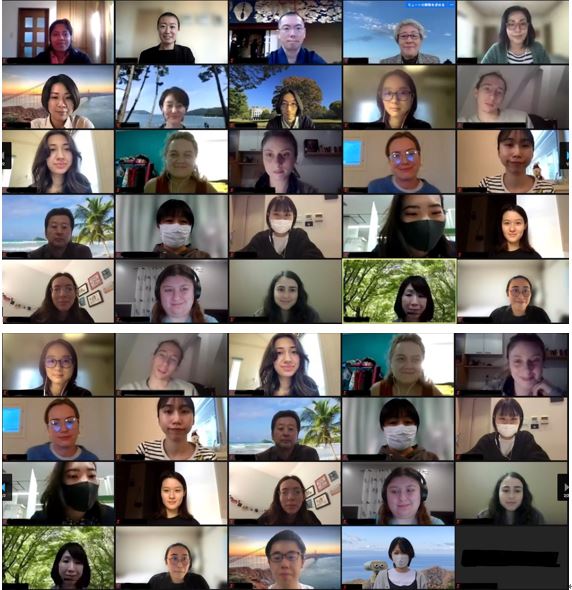[Joint] We held “Ten years after the Great East Japan Earthquake and Tsunami: Leaving no one behind – Actions from the field”
2021.12.20
We held the symposium related to the 3.11 disaster titled “Ten years after the Great East Japan Earthquake and Tsunami: Leaving no one behind – Actions from the field” online with students’ active participation on Wednesday, November 10, 2021. This symposium was co-hosted by International Christian University and Tokyo University of Foreign Studies, with the cooperation of the World BOSAI Forum and the Nippon Foundation Student Volunteer Center.
At this symposium, the panel members talked about the situation at the time of 3.11, the current status of reconstruction in the affected areas, disaster prevention education, and related topics. Also, as a student-participatory symposium, the representating students served as facilitators.
The keynote speech was delivered by Professor Yuichi Ono, Representative Director of the World BOSAI Forum and Professor at the International Research Institute of Disaster Science, Tohoku University, who gave an overview of the disaster area, the scale and damage of the disaster, and the results of disaster prevention education.
Mr. Shinko Shimomura, Deputy Chief Priest of Bodaiin and Deputy Executive Director of Mirai Kaigi (The meeting for the Future), spoke about his own situation at the time of the earthquake disaster and the subsequent movement, as well as his experience at the inauguration of Mirai Kaigi in Iwaki City, Fukushima Prefecture.
Ms. Sachi Suzuki, who was born in Shiogama, Miyagi Prefecture, and is involved in youth and disaster prevention activities, spoke about Miyagi Prefecture. She discussed the renewal or continuity dilemma in the area affected by the disaster.
Ms. Eri Hosoe, who creates disaster prevention education for both inside and outside the community at Nebama MIND, talked about Iwate Prefecture. While she introduced her activities in the area, she discussed the Merits and demerits of the lessons learned from the past, desirable disaster risk reduction education in the future and disaster risk reduction in peacetime.
The Q & A session provided a meaningful, interactive moment with questions from participants followed by the closing remarks of the speakers.



